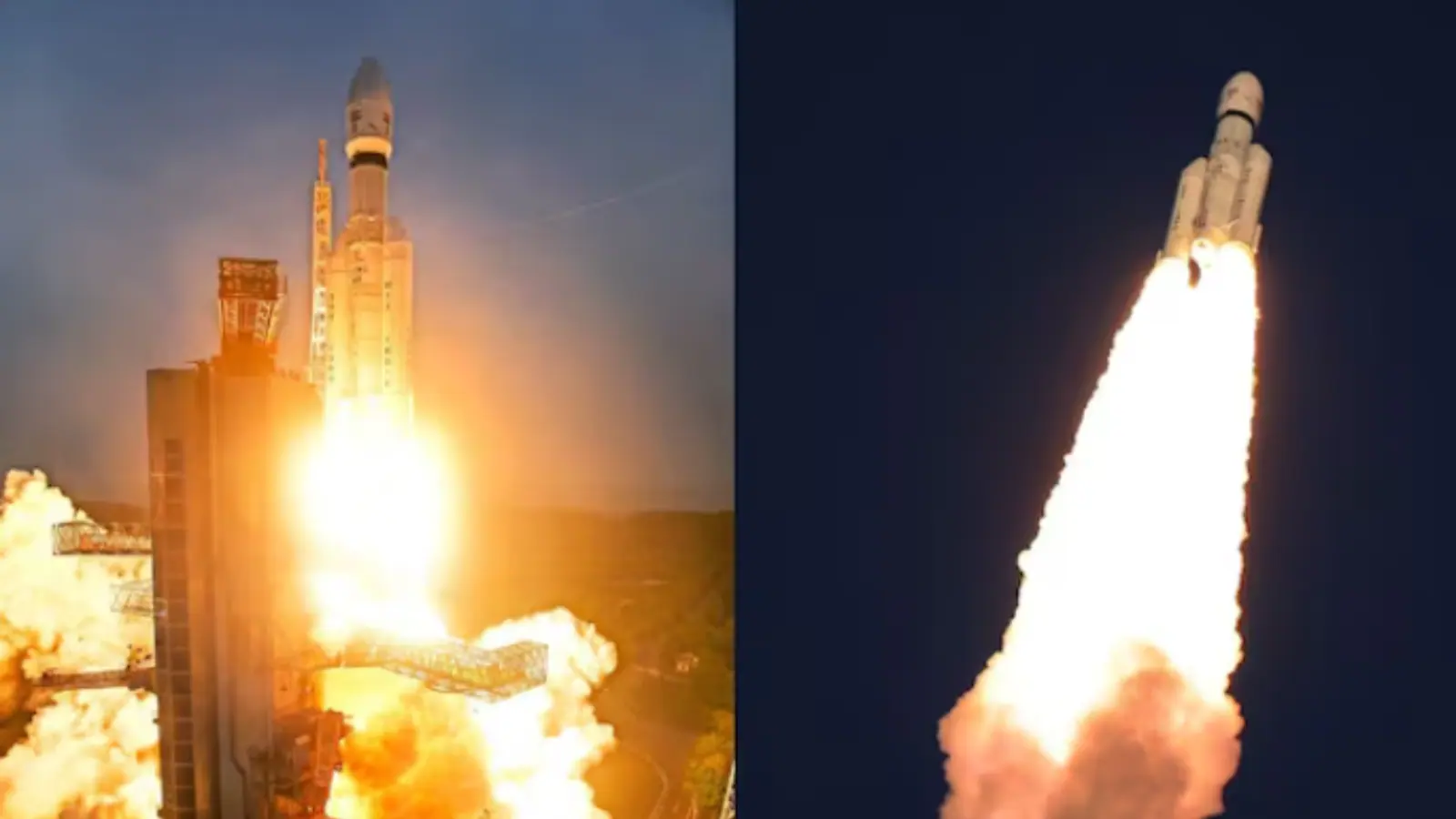Copyright news18

ISRO Chairman V. Narayanan recently announced that fifty percent of the Polar Satellite Launch Vehicle (PSLV) development work will be handed over to an industry consortium led by Hindustan Aeronautics Limited (HAL) and Larsen & Toubro (L&T). This announcement was made at the India Manufacturing Show (IMS) 2025 on November 6, 2025. The decision recognises the significant contribution of Indian industries, which already provide 80-85 percent of systems for ISRO missions. The consortium has built the first PSLV rocket, which is set to launch by the end of the financial year in February 2026. If two launches are successful, at least half of future development will be directly given to industry. How Big The Market Could Become ISRO has also transferred Small Satellite Launch Vehicle (SSLV) technology to HAL under a deal worth Rs 511 crore. Plans are in place to produce 16 SSLVs in the private sector, supporting the government’s goal to grow India’s space economy to $44 billion by 2025, with an increasing role for private companies. India’s rockets, mainly developed by ISRO, are designed to place satellites in Low Earth Orbit (LEO), Sun Synchronous Orbit (SSO), and Geosynchronous Transfer Orbit (GTO). India currently has three active operational launch vehicles — Polar Satellite Launch Vehicle (PSLV), Geosynchronous Satellite Launch Vehicle (GSLV), and Launch Vehicle Mark-3 (LVM3). Why PSLV Is Considered ISRO’s Workhorse PSLV, known as ISRO’s ‘workhorse,’ is a four-stage rocket with the first and third stages using solid fuel and the second and fourth stages using liquid fuel. It can carry up to 1,750 kg payload to a 600 km sun-synchronous polar orbit. PSLV has different variants like PSLV-XL, QL, and DL, which have different numbers of strap-on boosters to increase thrust. This rocket has been successful in missions like Chandrayaan-1 (2008) and Mars Orbiter Mission (2013). GSLV is a three-stage rocket designed to place communication satellites in geostationary orbit. It has four liquid strap-on motors and a third stage powered by an indigenous cryogenic upper stage (CUS). GSLV Mk II can carry 2-ton class satellites to GTO. LVM3 is India’s most powerful rocket, capable of carrying 4-ton class satellites to GTO or up to 10 tons to LEO. It has two S200 solid boosters, a liquid core stage, and a cryogenic upper stage (CE-20 engine). It’s used for missions like Chandrayaan-2, Chandrayaan-3, and Gaganyaan. Additionally, the Small Satellite Launch Vehicle (SSLV) is designed for ‘launch on demand’ for small satellites (up to 500 kg), with three solid stages and a liquid velocity trimming module. In the future, the Next Generation Launch Vehicle (NGLV) is planned to launch by 2034-35, capable of carrying up to 16 tons to GTO. Sounding rockets like RH-200, RH-300 Mk II, and RH-560 Mk III are used to study the upper atmosphere and are developed at ISRO’s Vikram Sarabhai Space Centre and Liquid Propulsion Systems Centre. How Much The Rocket Industry Is Worth Today India’s rocket industry, mainly led by ISRO, is rapidly growing with private sector participation. In 2025, India’s space economy is about $8.4 billion, expected to reach $13 billion by 2025, with a target of $44 billion in the next decade. ISRO started with sounding rockets from the Thumba Equatorial Rocket Launching Station in 1963. Now launches happen from the Satish Dhawan Space Centre (Sriharikota). Over 300 startups are active in the industry, such as Skyroot Aerospace (Vikram-1 rocket), Agnikul Cosmos (Agnibaan rocket), and Pixxel (satellite imaging). Since 2020, the private sector has raised over $415 million in funding. Government reforms like the 2023 Space Policy Act and IN-SPACe have allowed private companies to participate in launches, satellite manufacturing, and data analytics. NewSpace India Limited (NSIL), ISRO’s commercial arm, launches foreign satellites. By 2025, India has launched 433 foreign satellites, helping create jobs, drive innovation, and expand digital access. Under the Space-Based Surveillance (SBS-III) programme, 31 out of 52 spy satellites will be built by the private sector. Funding dropped by 55 percent in 2024, but recovery is expected in 2025 with new milestones. There are 30 launches planned in the next 15 months, including 10 orbital launches. Future focus is on Gaganyaan, the Indian space station, and lunar missions. The industry is becoming globally competitive, with private rocket launches expected to be a milestone in 2026. How Much A Rocket Costs India’s rockets cost much less than global rockets, thanks to ISRO’s cost-effective technology. PSLV launch costs are about Rs 1,000 crore, which is $4,500-5,000 per kg of payload. For 30 PSLV flights between 2019-2024, the estimated cost was Rs 6,131 crore. GSLV Mk II launch costs are about Rs 2,000-2,500 crore, which is $10,000-12,000 per kg for a 2-ton payload. LVM3’s total development cost was Rs 2,962 crore, and Rs 4,338 crore was approved for 10 rockets, meaning about Rs 450-500 crore per launch, or around $15,000 per kg for a 4-ton GTO payload. This is cheaper than SpaceX’s Falcon 9 or Ariane 5. SSLV costs are lower, about Rs 30-40 crore per launch for small payloads. In the private sector, Skyroot and Agnikul rockets target $10-20 million for a 300 kg payload. These costs are possible due to ISRO’s indigenous cryogenic engine technology and innovations like 3D printing, which save up to 90 percent in material costs. India Operates Three Launch Vehicles India currently has three active operational launch vehicles: PSLV, GSLV, and LVM3. PSLV has completed 62 successful launches, with 58 full successes. GSLV has had 18 launches, while LVM3’s 8 launches have all been 100 percent successful. SSLV is new, with 10 orbital launches planned in 2025. Overall, India has launched 433 foreign satellites by 2025, and the private sector will ramp up rocket production from 2026. In 2025, ISRO has completed 10 orbital launches so far, including four GSLV, one LVM3, three PSLV, and one SSLV.



